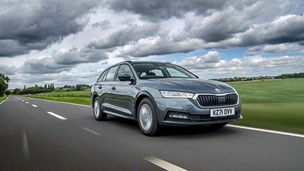When reading up about a car that runs on petrol or diesel, there’s a good chance you’ve seen the engine described as ‘naturally aspirated’. But what does that actually mean?
The term naturally aspirated is popularly used for engines which are not aided by a turbocharger or supercharger.
Engines need to mix fuel and air in order to function. A naturally aspirated engine uses its cylinders to draw in the fuel mixture under atmospheric pressure by the suction action of the pistons during induction. When a car has a turbocharger or supercharger, this device can force more air into the engine’s cylinders to create extra power and torque.
Can naturally aspirated engines be fast?
Naturally aspirated engines are popular among most new cars on the market today, but it is noticeable that the majority of performance-focused cars available do feature a turbocharger or supercharger to offer more oomph.
Naturally aspirated engines are popular because they are cheaper to produce en masse. But the majority of naturally aspirated engines used in modern cars are also less powerful than turbocharged/supercharged units.
Does that mean naturally aspirated engine can’t be fast? Not at all. Just look at Formula 1 for instance. Sure, the cars in this sport use turbos at present but between 1989 and 2013, the engines were naturally aspirated yet at one stage could produce around 900bhp.
Road cars have used very powerful naturally aspirated engines in the past, although they usually have to be quite large (using at least eight-cylinders) and they can lack in efficiency. That is why more and more manufacturers in recent years have focused on using turbocharged units for their performance cars, as they can extract more performance from a more compact unit and reduce the compromise on efficiency and CO2.




